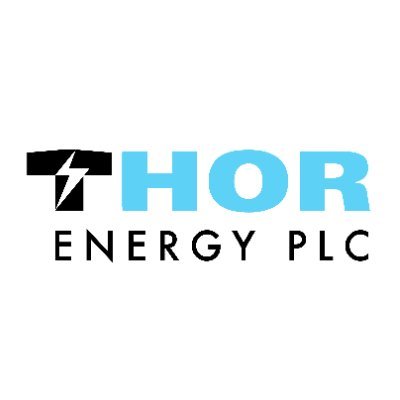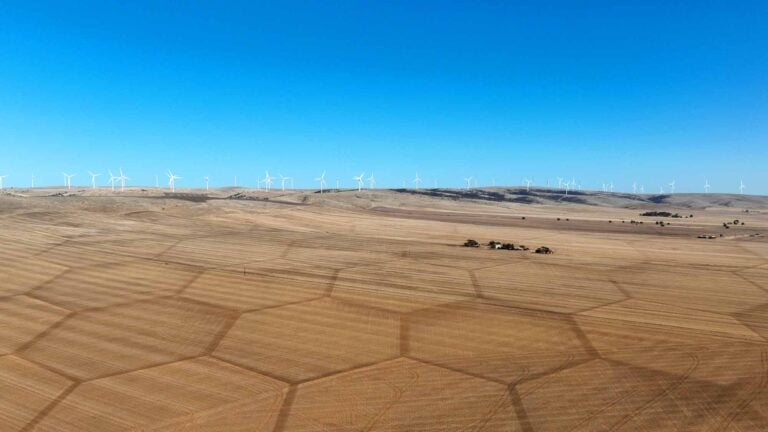An elusive whisper from beneath the earth’s surface has captivated the attention of resource investors, suggesting that southern Australia may harbour more than just minerals in its hidden depths. Beneath the arid expanse of the Hy Range project, a network of anomalies has emerged that paints a picture of a dynamic and densely charged gas system, one that could redefine how explorers and energy strategists view the Outback.
Early soil gas traverses have unveiled hydrogen readings that far exceed what is typically expected in sedimentary terrains, with isolated peaks reaching over 2,600 parts per million. Such concentrations are seldom encountered outside of geological oddities, suggesting that the region’s basement rocks and fault corridors are acting in concert to generate and channel hydrogen to shallower levels. Even more compelling is the discovery of helium values peaking at about 0.3 per cent within the same grid, a concentration that rivals known commercial helium fields. These findings hint at a dual-commodity play, where hydrogen, often sought for its clean energy virtues, coexists with helium, a resource prized for its critical industrial and scientific applications.
Traversing a systematic 400 by 200 metre sample grid, the team has observed that the anomalies line up along northerly trending fault zones, painting an image of structured conduits rather than random seepage. Such alignment suggests that the deeper volcanic basement, traditionally dismissed in this part of South Australia, may in fact be the hidden engine driving ongoing gas generation. In places where these conduits intersect with favourable sandstone layers, the potential for natural traps arises, opening a door to accumulations that could be both substantive and commercially viable.
Investors assessing long-term positioning will note that the project’s location benefits from existing infrastructure, with established roads and proximity to downstream markets. Yet, the true value lies in the subsurface logic: hydrogen generated in the heat-edged confines of fractured granites and metamorphic complexes finds its way upward through faults, only to stall where impermeable caps occur. This mechanism, familiar to those versed in petroleum systems, takes on a novel angle when hydrogen and helium replace oil and gas, calling for a fresh look at exploration strategies that have long ignored these lighter molecules.
Beyond the headline figures, the geochemical surveys capture a broader story of renewables integration and resource diversification. As nations seek to decarbonise, low-emission hydrogen stands poised to become a cornerstone of energy transitions. At the same time, helium shortages in recent years have driven prices sharply upward, rewarding those with the foresight to secure new sources. The convergence of these two trends means that a successful discovery here could yield a resource package with distinct appeal to both energy utilities and advanced manufacturing, from cryogenics to semiconductor fabrication.
Technical teams are now preparing for follow-up programs, including downhole gas logging and seismic surveys, to map the depth and continuity of these anomalies. Should these efforts validate the early surface readings, the Hy Range acreage may emerge as a template for exploring hydrogen-helium systems globally. The underlying concept is elegant in its simplicity: leverage established exploration techniques to chase gas generations driven by volcanic basement interactions, rather than traditional organic source rocks.
For portfolio managers weighing sector allocations, this project underscores a shift towards unconventional gas targets that transcend conventional hydrocarbon models. It exemplifies how a fresh look at geological fundamentals can unveil resources that align with both environmental imperatives and market demands. Rather than chasing large, well-known basins, attention is turning to cratonic margins and shield boundaries, where heat-driven processes continue to tick beneath surface stasis.
Ultimately, what began as systematic soil gas sampling may evolve into a landmark case of hydrogen and helium co-production, offering a diversified risk profile. Should the deeper imaging confirm extensive reservoirs, the path to pilot drilling and early-stage development could accelerate, leveraging modular processing technologies and off-take partnerships hungry for low-carbon hydrogen and rare gas volumes. In a world increasingly focused on energy security and critical minerals, such a dual offering could command premium interest long before any gas touches a market pipeline.
Thor Energy PLC (LON:THR) is a leading exploration company focused on natural hydrogen and helium, with a significant footprint in the highly prospective South Australian region.












































